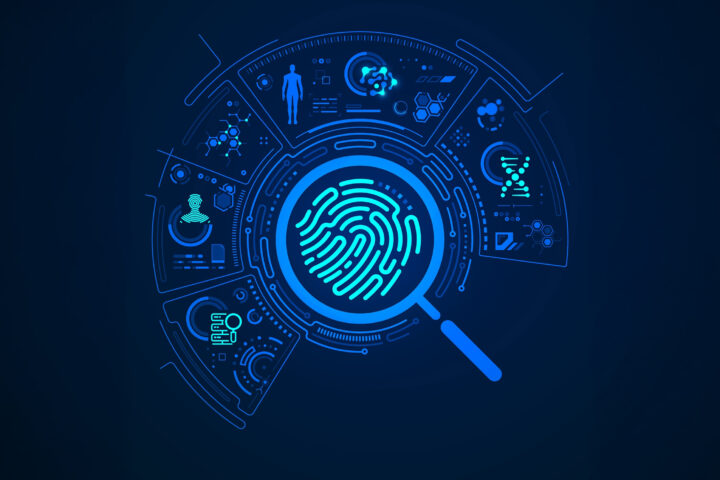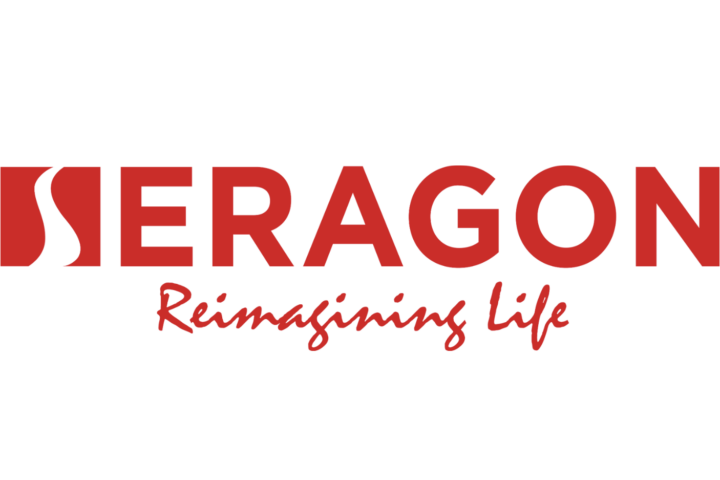When you think about bone, what comes to mind? Probably a brittle femur in a textbook, or maybe a cracked wrist from an old high school skateboarding mishap. What probably doesn’t pop up: a hormone-producing organ quietly steering your lifespan. But your skeleton isn’t just a structural support—it’s an active endocrine organ that regulates critical processes across your body, including metabolism, brain function, fertility, and immune health. And emerging research suggests that its secretions—like osteocalcin, FGF23, and sclerostin—might be central to how and why we age.
Let’s break it down—bone by bone.
The Skeleton’s Hidden Signalers: Meet the Osteokines
While hormones like insulin and testosterone tend to hog the spotlight, your bones have a few messengers of their own: osteokines. These are bioactive molecules released by bone cells that act far beyond the bone itself.
🦴 Osteocalcin: The MVP of the Bone Secretome
Produced by osteoblasts, osteocalcin was once thought to be just a byproduct of bone formation. But in 2007, groundbreaking work from Dr. Gerard Karsenty’s lab at Columbia revealed that osteocalcin enhances insulin sensitivity, boosts testosterone levels, and improves memory and mood. In other words, it’s a multitasking metabolic and cognitive enhancer—straight from your skeleton.
Since then, osteocalcin has been shown to:
- Cross the blood-brain barrier and promote neurotransmitter synthesis (dopamine, serotonin, and norepinephrine).
- Enhance spatial memory and learning in mice, with parallels in humans.
- Stimulate pancreatic beta cells to increase insulin production.
- Increase testosterone synthesis in Leydig cells, influencing reproductive health.
Its levels, however, decline with age, and this reduction may contribute to age-related insulin resistance, cognitive decline, and hypogonadism.
👉 In a 2023 Nature Aging study, restoring youthful osteocalcin levels in aged mice improved memory scores and insulin responses—suggesting osteocalcin replacement may be a novel anti-aging therapy.
Bone-to-Brain: A Signal Highway You Never Knew Existed
In a plot twist that feels pulled from science fiction, your bones may be whispering to your brain.
During development, osteocalcin plays a crucial role in fetal brain formation—even influencing anxiety-like behavior in adulthood. In older adults, this same molecule stimulates the hippocampus, the brain’s memory center, to enhance learning capacity.
New findings (2023, Nature Aging) also show that osteocalcin signals through the GPR158 receptor in the brain, opening a door to new drug targets for age-related cognitive impairment.
And it doesn’t stop there: bone-derived lipocalin-2 has been shown to cross the blood-brain barrier and suppress appetite, indicating skeletal involvement in energy homeostasis.
The Skeleton Is Also a Kidney Whisperer
Another underdog hormone from bone is fibroblast growth factor 23 (FGF23), which regulates phosphate balance and vitamin D metabolism via its actions on the kidneys.
Why does this matter for aging?
- Chronic kidney disease (CKD) is one of the strongest predictors of biological aging and mortality.
- Elevated FGF23 levels are found early in CKD and are linked to increased cardiovascular risk, vascular calcification, and frailty.
- Bone may act as a homeostatic monitor, adjusting mineral metabolism in response to systemic inflammation, which increases with age.
In essence, bone tries to defend your internal environment—but as it ages, this balancing act gets harder, and maladaptive signaling (like elevated FGF23) may do more harm than good.
Sex Hormones, Muscle, and the Bone-Muscle-Endocrine Triangle
The classic story is that estrogen and testosterone affect bone. But here’s the plot twist: bone also affects hormone levels.
As mentioned earlier, osteocalcin increases testosterone production in males. Emerging research now suggests that skeletal health impacts muscle mass, forming a feedback loop between bone-secreted signals and muscle-derived myokines.
This has implications for:
- Sarcopenia (age-related muscle loss)
- Hypogonadism
- Falls, fractures, and mobility decline
In a 2024 review (Cell Metabolism), researchers argued for reclassifying bone-muscle interactions as a joint endocrine organ system critical for healthy aging. One proposed intervention: preserving osteocalcin through weight-bearing exercise and possibly pharmacological mimetics.
Bone Immunity and Inflammaging
Bones house the marrow—the birthplace of all immune cells. But they also influence immune aging beyond simple cell production.
Bone-derived signals modulate:
- Hematopoietic stem cell differentiation
- T-cell maturation and thymic involution
- Chronic inflammation (“inflammaging”)
In postmenopausal women, reduced estrogen leads to increased bone resorption and release of pro-inflammatory cytokines, compounding systemic inflammation. This contributes to osteoporosis, but also metabolic syndrome and cognitive impairment.
One idea gaining traction: the aging skeleton is an inflammation amplifier, and slowing bone aging could dial down inflammaging.
What This Means for Longevity Science
Longevity researchers have long focused on the usual suspects: caloric restriction, senescence, telomeres. But bone deserves a bigger role in that conversation.
Several anti-aging strategies now under investigation involve bone-mediated pathways:
- Osteocalcin mimetics to improve cognition and metabolic health.
- Exercise mimetics that preserve osteocyte function.
- Senolytic therapies to clear aging bone cells that produce inflammatory factors.
- Nutritional interventions (vitamin K2, magnesium, boron) to support bone’s endocrine function, not just mineral density.
Your bone isn’t just scaffolding. It’s the metabolic maestro, the brain’s background beat, the immune system’s landlord, and the guardian of hormonal harmony.
As we rethink the biology of aging, we may find the key to healthy longevity hiding in plain sight—just beneath our skin.
Sources
- Mera, P., Laue, K., Ferron, M., et al. (2016). Osteocalcin signaling in myofibers is necessary and sufficient for optimum adaptation to exercise. Cell Metabolism, 23(6), 1078–1092. https://doi.org/10.1016/j.cmet.2016.04.004
- Karsenty, G., Ferron, M. (2012). The contribution of bone to whole-organism physiology. Nature, 481, 314–320. https://doi.org/10.1038/nature10763
- Obri, A., Khrimian, L., Karsenty, G., et al. (2018). Osteocalcin in the regulation of reproduction and cognition: functions and mechanisms. Hormone and Metabolic Research, 50(12), 935–939. https://doi.org/10.1055/a-0753-8342
- Khrimian, L., Obri, A., Ramos-Brossier, M., et al. (2017). GPR158 mediates the osteocalcin effect on cognition in mice. Journal of Experimental Medicine, 214(10), 2859–2873. https://doi.org/10.1084/jem.20171320
- Chang, T. I., et al. (2023). Age-related decline in bone-derived hormones contributes to metabolic dysfunction. Nature Aging, 3, 1125–1139. https://doi.org/10.1038/s43587-023-00488-2
- Wei, J., Karsenty, G. (2015). An overview of the metabolic functions of osteocalcin. Current Osteoporosis Reports, 13, 180–185. https://doi.org/10.1007/s11914-015-0262-7
- Lanske, B., Razzaque, M. S. (2014). Mineral metabolism and aging: the roles of FGF23 and αKlotho. Trends in Endocrinology & Metabolism, 25(4), 193–200. https://doi.org/10.1016/j.tem.2013.12.002
- Yin, W., et al. (2020). FGF23 and aging-related chronic diseases. Frontiers in Endocrinology, 11, 588103. https://doi.org/10.3389/fendo.2020.588103
- Liu, Y., Berendsen, A. D., Jia, S., Lotinun, S., Baron, R., Ferrara, N., & Olsen, B. R. (2012). Intracellular VEGF regulates the balance between osteoblast and adipocyte differentiation. Journal of Clinical Investigation, 122(9), 3101–3113. https://doi.org/10.1172/JCI61209
- Moore, D. D., Karsenty, G. (2021). The new endocrine role of bone: insights into energy metabolism, reproduction, and cognition. Nature Reviews Endocrinology, 17, 145–156. https://doi.org/10.1038/s41574-020-00438-5
- Takeda, S., Elefteriou, F., Levasseur, R., Liu, X., Zhao, L., Parker, K. L., et al. (2002). Leptin regulates bone formation via the sympathetic nervous system. Cell, 111(3), 305–317. https://doi.org/10.1016/S0092-8674(02)01049-8
- Romagnoli, E., et al. (2021). Osteoimmunology and inflammaging: the bone-immune axis as a driver of age-related pathologies. Immunity & Ageing, 18, 14. https://doi.org/10.1186/s12979-021-00229-0
- Hamrick, M. W., McGee-Lawrence, M. E., & Frechette, D. M. (2016). Fatty infiltration of skeletal muscle: mechanisms and comparisons with bone marrow adiposity. Frontiers in Endocrinology, 7, 69. https://doi.org/10.3389/fendo.2016.00069













